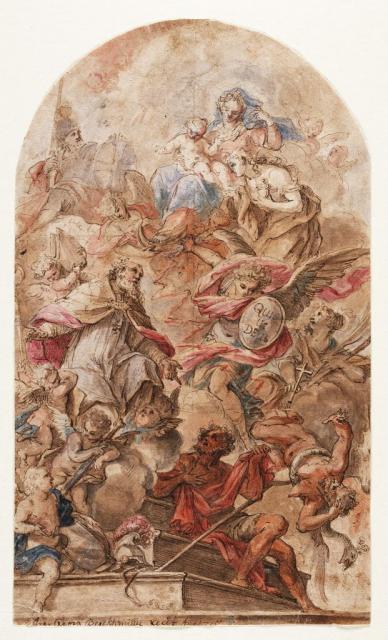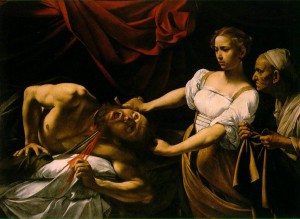By Laura Grimes
Mr. Scatter boarded a plane this morning when the sky was barely light so I’ll be his best blog buddy and post a link to his visual arts review that ran in The Oregonian this morning.
Here’s an excerpt teaser from his review of A Pioneering Collection: Master Drawings From the Crocker Art Museum, which is on view at the Portland Art Museum through Sept. 19:
German artist Johann Georg Bergmüller’s crowded and energetic 1715 drawing and watercolor “Saint Martin Appealing to the Virgin,” for instance, is suffused with allegory and religious phantasmagoria. It revels in the sense of a larger, ordinarily invisible universe just out of human grasp: the artist is chronicler of the real but unseen.

Johann Georg Bergmüller
German, 1688-1762
St. Martin and Other Saints Appealing to the Virgin, 1715
Pen and brown ink, brush and brown and gray washes, blue, pink, red, and orange watercolor, white opaque watercolor on cream laid paper
13 7/8 in. x 7 7/8 in. (31.0 cm x 22.0 cm)
Crocker Art Museum, E. B. Crocker Collection
*
Mr. Scatter recently wrote about how several artists through history have rendered the grisly tale of Holofernes, an invading general who lost his head to the beautiful and clever Judith.

 In brief: Holofernes, a star general for the Babylonian king
In brief: Holofernes, a star general for the Babylonian king 